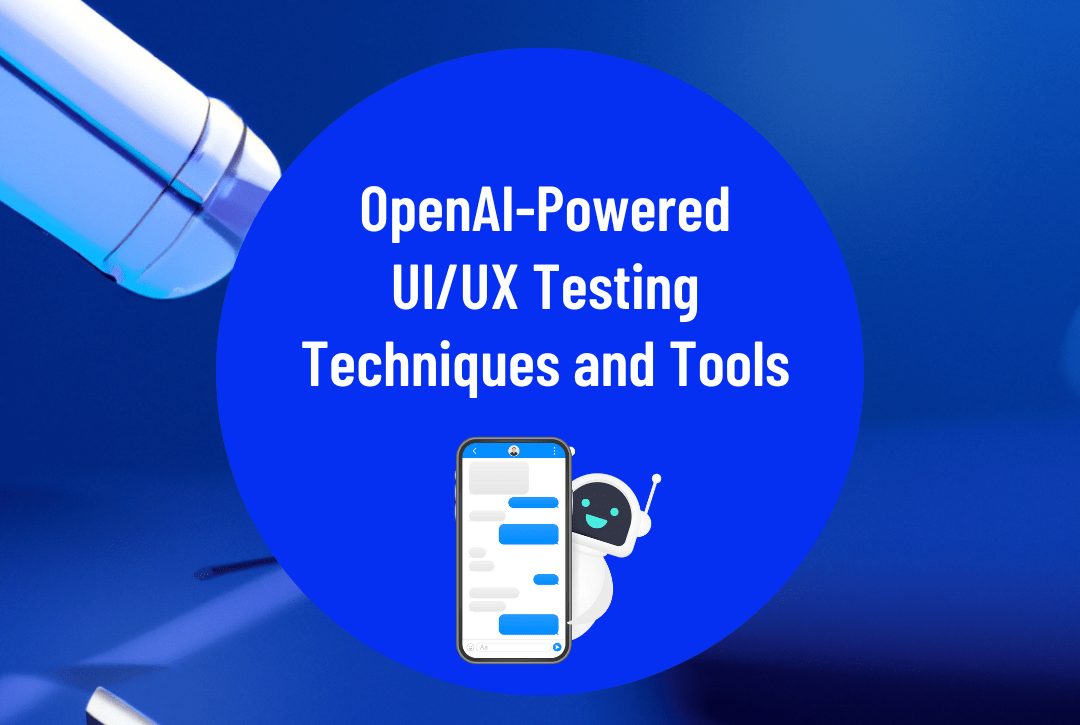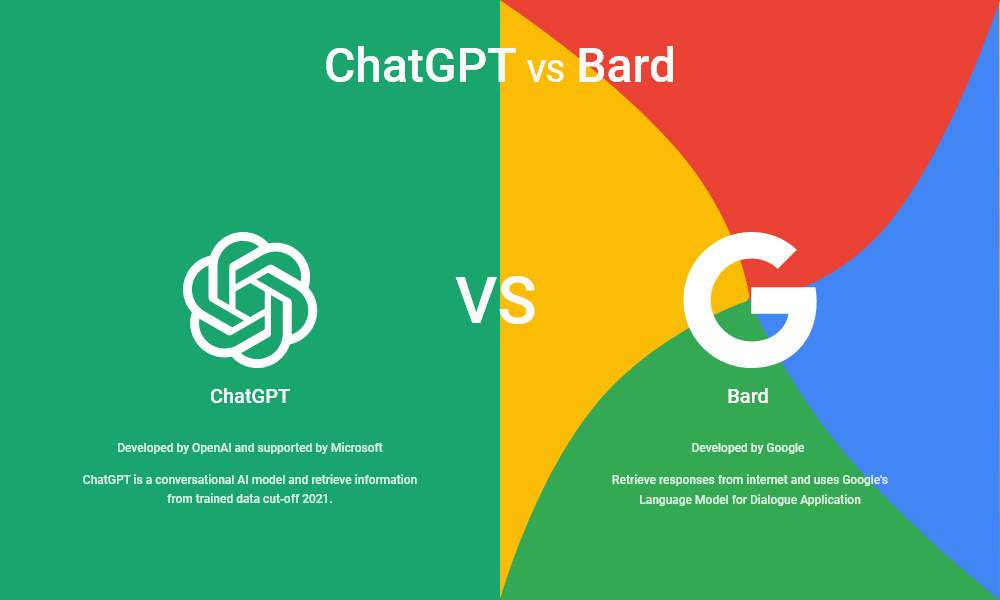Detecting AI usage has become a crucial concern in today’s rapidly evolving digital landscape, where artificial intelligence tools like ChatGPT are proliferating across various industries. Many individuals, from educators to employers, are increasingly worried about the authenticity of written content, prompting the need for effective AI detection tools. As AI-generated text becomes more sophisticated, discerning the difference between human and machine-generated material is paramount for maintaining content authenticity. Tools designed to detect AI content are emerging as vital resources, allowing users to assess the likelihood that a text was created with assistance from AI. In this article, we’ll explore the nuances of AI usage detection, from identifying hallmark signs of AI-generated text to understanding how such tools work.
The challenge of discerning machine-assisted writing from human-generated content is more relevant than ever. As we witness the rise of generative algorithms and disparate language models, many individuals feel apprehensive about the potential for academic dishonesty and the erosion of creativity in professional writing. Various strategies have surfaced to uncover AI contributions in content, emphasizing the requirement for deeper scrutiny. Using advanced algorithms to scrutinize linguistic patterns, experts can gain insights into whether an article has been produced by a machine. This exploration not only delves into the mechanics of tools and techniques available for identifying AI involvement but also highlights the broader implications for industries relying on authentic and original content.
Understanding AI Detection Tools
In today’s digital sphere, the utilization of AI detection tools has become imperative for ensuring content authenticity. These technological marvels help distinguish between AI-generated text and human-written work, offering insights on how much of the text was produced by artificial intelligence. Tools such as Copyleaks and Sapling are leading examples of AI detection software that provide comprehensive analysis. By examining patterns and discrepancies within the text, they can offer a percentage indicating the likelihood of AI involvement. Understanding how these tools function can significantly aid in determining the criteria for what constitutes AI-generated content.
However, while these detection tools appear effective, their methodologies can sometimes lead to false positives, particularly with writing that contains recognizable patterns common to inexperienced authors. For instance, if a novice writer’s piece inadvertently mirrors much of the content within a certain genre, such tools might flag it as AI-created simply due to its frequent use of cliché subjects. Thus, while using AI detection tools is valuable, one must also pair these technological solutions with human judgment to accurately assess the authenticity of content.
Detecting AI Usage: Patterns to Watch For
When attempting to identify AI usage, one of the primary elements to monitor is the presence of specific textual patterns. AI technologies, including those resembling ChatGPT, typically generate content drawn from existing data, which can lead to formulaic writing styles that lack depth. For instance, texts produced by AI often repeat certain phrases or structures, resulting in an unnatural flow and coherence. If a piece seems overly simplistic or relies on predictable tropes, it’s a strong indicator that it may not be human-made.
In practice, detecting these patterns requires a keen eye. For example, seasoned writers are adept at infusing their work with personal insights and unique expressions, which AI-generated content often lacks. When reviewing a text, pay attention to sections that feel disjointed or where generic phrases dominate, as these may signal the influence of AI. Understanding how AI builds on existing content and the frequent reliance on stock phrases can significantly enhance your ability to identify AI usage.
The Role of Human Judgment in AI Detection
Despite advancements in AI detection tools, the most reliable method of discerning AI-generated content often comes down to human judgment. Readers must cultivate their intuitive senses to perceive nuances that software may miss. A text may seem rigid or devoid of emotional engagement, hallmarks of AI involvement. Understanding that writing styles vary among individuals is critical for a balanced assessment; a flat or wooden article doesn’t automatically signify AI authorship – the writer could merely be going through a dry phase.
One effective strategy for assessing authenticity is to examine the context and delivery of the writing. If the language feels uncharacteristically sanitized or lacks a personal touch, this might prompt a closer scrutiny. By adopting an analytical mindset and being aware of the common pitfalls associated with AI-generated content, such as overly formal phrasing or rehashed ideas, individuals can improve their capacity to detect AI usage accurately.
Patching Up Patterns: A Writer’s Challenge
The phenomenon of patching up writing patterns is increasingly common in the age of AI. As many writers struggle to avoid clichés and stock phrases, they inadvertently create works too similar to what an AI model might generate. This is particularly evident among novice writers who may be less confident in their ability to express their thoughts uniquely, leading to repetitive patterns in their prose. Consequently, such writing may be misidentified as AI-generated even if it was solely the product of human effort.
To navigate this challenge, writers must embrace creativity while also striving for originality. Engaging with diverse genres and styles can equip newer writers with the tools to develop their unique voice. Simultaneously, those utilizing AI to assist in their writing should strive to infuse their work with personal anecdotes and fresh insights. Balancing reliance on AI tools with a commitment to authenticity can mitigate the risk of being misattributed as using AI-generated content.
Strategies to Avoid AI Detection
As we delve deeper into the strategies individuals employ to evade AI detection, it becomes clear that those determined to circumvent scrutiny often combine AI-generated segments with their own writing. This blend can create a deceptive work that appears more organic. Writers can cleverly insert unique phrasing or personal experiences into otherwise formulaic content to throw off detection tools. Likewise, judiciously placing minor typos or unconventional grammatical structures can further disguise AI content from scrutiny.
Moreover, creating hybrid texts that contain human-written portions supplemented by AI-generated text allows for a more seamless narrative. While this approach may seem counterproductive, it can serve as a creative solution for writers aiming to expand their ideas without fully abandoning the advantages that AI offers. Nevertheless, the ethical considerations surrounding such practices must be addressed, as this raises questions about content integrity and the potential misrepresentation of one’s writing.
How AI Builds Content: A Double-Edged Sword
Understanding how AI builds content is crucial to detecting its usage effectively. Generally, AI leverages vast amounts of data to construct narratives or arguments based on input prompts. This method depends on patterns that exist within the data it has processed, which often results in overly formulaic writing. For readers familiar with good writing practices, recognizing these tell-tale signs, such as repetitive sentence structures and reliance on familiar tropes, becomes easier, helping to discern AI-generated content from human-created prose.
On the flip side, many writers find AI tools beneficial for enhancing their writing. These advanced models can serve as excellent writing companions, providing reminders of essential narrative elements or grammar checks. This dual nature of AI presents a unique challenge: while one can leverage it to improve their output, understanding its limitations is equally important to avoid the pitfalls associated with clichéd and uninspired content. By learning to recognize AI’s patterns, writers can maintain authenticity in their work while using technological advancements to their advantage.
The Limitations of AI Detection Software
While AI detection software has made strides towards distinguishing between human and machine-generated text, it still faces notable limitations. AI detection tools often lack the intricacies required to fully comprehend writing styles, leading to incorrect assessments. In some cases, an original piece by a human author may be incorrectly flagged as AI-generated simply due to similarities in sentence structure or stylistic choices that are common among novice writers.
Additionally, as AI technology evolves, so too do the methods employed in creating AI-generated content. This continuous development can leave detection software struggling to keep pace, resulting in imperfect analyses. Recognizing these limitations prompts readers and evaluators to employ a more balanced approach, combining technological insights with human intuition to gauge the authenticity of written works effectively.
The Importance of Content Authenticity
In the current climate, where AI-generated text is rampant, maintaining content authenticity has never been more vital. Authentic content not only reflects the writer’s voice but also fosters trust between the author and their audience. Understanding the difference between human and AI-generated content can impact the credibility of an article and influence readers’ perceptions. As such, cultivating skills to detect AI-generated material is fundamental for preserving the integrity of written communication.
Moreover, in academic settings, ensuring the authenticity of work is imperative. Institutions are beginning to implement strict policies regarding the submission of AI-influenced assignments, creating a sense of urgency around developing effective detection methods. Ultimately, the quest for authenticity drives writers to hone their craft and ensures that their audience engages with genuinely valuable content, free from the formulaic pitfalls of AI.
Future Trends in AI Detection and Content Creation
As technology continues to advance, the future of AI detection tools will likely evolve to become more sophisticated in understanding writing nuances. Combining machine learning with more nuanced language processing techniques may increase the accuracy of these tools, allowing for better differentiation between human and AI-generated text. Future developments may include enhanced algorithms that recognize not only patterns but also the emotional and contextual cues within writing, thus providing a more comprehensive analysis.
In parallel, writers will need to adapt to these evolving technologies. Engaging with AI as a partner rather than a replacement, content creators will benefit from developing personalized styles that remain distinct amidst the growing presence of AI-generated texts. The symbiotic relationship between human creativity and AI capabilities could result in a new frontier of writing, where authenticity and technology coalesce to create compelling narratives.
Frequently Asked Questions
What are AI detection tools and how do they work to detect AI usage?
AI detection tools are software programs designed to identify text generated by artificial intelligence, such as ChatGPT. They analyze the input text for patterns typical of AI-generated content, comparing it to a database of known texts to determine the likelihood that it is human-written or AI-created. Tools like Copyleaks and Content@Scale provide percentage scores indicating the proportion of text attributed to AI, helping users detect AI usage in various writings.
How effective are AI detection tools in identifying AI-generated text?
The effectiveness of AI detection tools can vary significantly. While they can provide percentage scores on the likelihood of AI-generated content, many tools rely on pattern recognition, which may lead to false positives, especially for texts written by inexperienced authors or those that use common phrases. Inconsistencies can arise when human writing styles unintentionally mimic AI patterns, making it crucial to use these tools alongside human judgment when assessing content authenticity.
Can humans successfully detect AI usage without relying on AI detection tools?
Absolutely! Humans can often detect AI usage by examining the text for certain indicators, such as a lack of emotional depth, awkward phrasing, or repetitive patterns typically associated with AI-generated content. While AI can produce structured and coherent text, its outputs may feel somewhat mechanical or lack the nuances of human writing. Therefore, careful reading and analysis can be effective in identifying whether text was created with AI assistance.
What signs indicate that a piece of writing may be AI-generated?
Several signs can indicate AI usage in writing, including overly simplistic structure, reliance on clichés, unnatural combinations of adjectives, and formulaic narratives. AI-generated texts often feature recycled ideas and phrases that can make the content feel generic. When encountering writing that appears too uniform or formulaic, there’s a possibility that AI was involved in its creation.
How does understanding AI-generated content help in maintaining content authenticity?
Recognizing the characteristics of AI-generated content is vital for maintaining content authenticity. By understanding the common patterns used by AI, writers and editors can ensure that their work remains original and resonates with a human audience. Awareness of how AI text creation works allows content creators to uphold high standards and avoid diluting their work with subpar AI outputs.
What precautions should be taken when using AI content to avoid detection?
To avoid detection of AI content, it’s advised to mix AI-generated sections with original writing, revise the text thoroughly, and introduce specific personal touches that reflect unique human experiences. Additionally, one can make deliberate grammatical errors or typos, as AI typically does not generate such mistakes. However, it’s essential to consider the ethical implications of using AI content in this manner.
Are there any notable limitations in AI detection methods?
Yes, AI detection methods have notable limitations. They may struggle to differentiate between texts written by inexperienced humans and AI-generated content, often resulting in false positives. Moreover, as AI technology advances, detection algorithms must keep pace, leading to an ongoing arms race between content generation and detection capabilities. Therefore, relying solely on AI detection tools may not always yield accurate results.
Why should content creators care about detecting AI usage in their work?
Content creators should care about detecting AI usage to ensure the originality and quality of their work, maintaining professional standards in their writing. Detection helps prevent plagiarism, promotes authenticity, and protects the integrity of creative processes. By being vigilant about AI usage, creators can foster a robust writing culture that values human expression over algorithmic generation.
| Key Point | Explanation |
|---|---|
| Artificial Intelligence is Widespread | AI tools like ChatGPT are impacting all industries, raising concerns about their usage in academic and professional settings. |
| AI Detection Tools | Software such as Copyleaks and Sapling helps identify AI-generated texts by analyzing content and providing percentage scores of human vs AI generation. |
| Limitations of Detection Tools | Detection tools may incorrectly flag human-written content due to similar patterns found in written work. |
| Human Judgment in Detection | Using personal judgment alongside software can provide better insights into whether a text was produced by AI. |
| Signs of AI Usage | Look for patterns, formulaic structures, and overused expressions as indicators that a text may be AI-generated. |
| Challenges in Detecting AI | AI can produce content that mimics human writing when edited, making detection by tools and individuals a challenge. |
| Quality of AI Output | AI-generated content often lacks depth and is comparable to work from inexperienced writers, raising questions about its value. |
Summary
Detecting AI usage is essential in today’s digital landscape where artificial intelligence permeates various sectors. As organizations and educational institutions grapple with the impact of AI, understanding the nuances of detecting such technology becomes critical. By utilizing both software and personal analytic skills, individuals can better identify AI-generated content and assess its implications in their respective fields.




